Top 10 most dangerous computer viruses in history
Computer viruses can significantly reduce the performance of your computer and also destroy all data on your hard drive. They are able to constantly reproduce and propagate themselves. Something reminiscent of human viruses and epidemics. Below is a list of the ten most dangerous computer viruses in the world.
Multi-vector Nimda worm
Nimda is a computer worm/virus that damages files and negatively affects the operation of the computer. First seen on September 18, 2001. The name of the virus comes from the word admin spelled backwards. Due to the fact that the Nimda worm uses several methods of propagation, it became the most widespread virus/worm on the Internet within 22 minutes. It is distributed via email, open network resources, shared folders and file transfers, as well as through browsing malicious websites.
Conficker
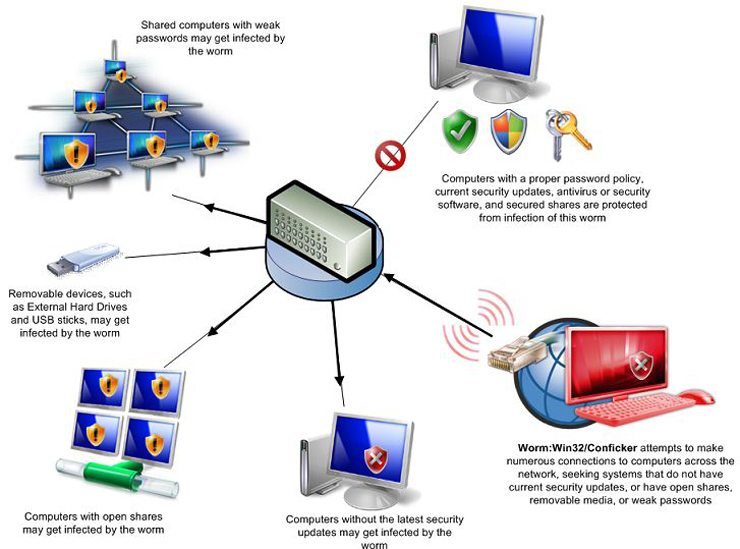
Conficker is one of the most dangerous and well-known worms, targeting computers running Microsoft Windows operating systems. Linux and Macintosh systems are completely resistant to it. It was first discovered on the network on November 21, 2008. By February 2009, Conficker had infected 12 million computers around the world, including government, corporate and home computers. On February 13, 2009, Microsoft offered a $250,000 reward for information about the creators of the virus. A special group was even created to combat Conficker, which was unofficially dubbed Conficker Cabal. The damage caused by the malware is estimated at $9.1 billion.
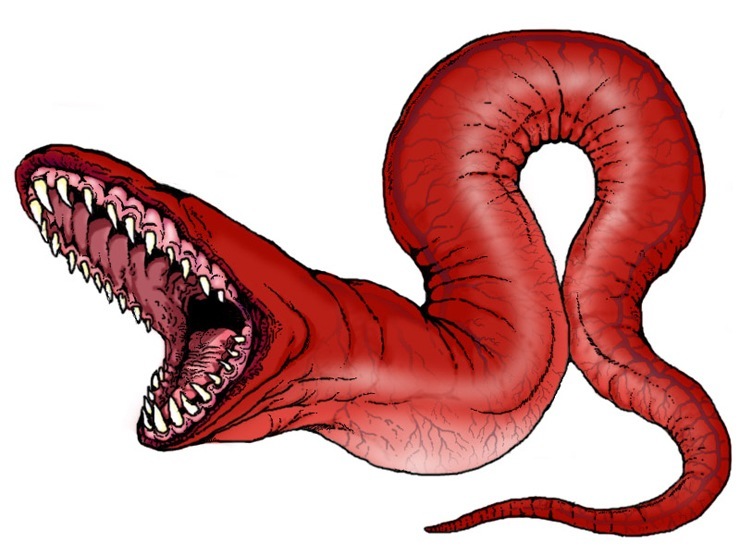
Storm Worm is a backdoor Trojan horse that infects Microsoft Windows operating systems. It was first discovered on January 17, 2007. It is distributed mainly by email with a letter that has the heading “230 dead as storm batters Europe”, and later with other headings. The file attached to the letter contains a virus that creates an information “hole” in the computer system, which is used to receive data or send spam. It is estimated that about 10 million computers were infected with the Storm Worm malware.
Chernobyl
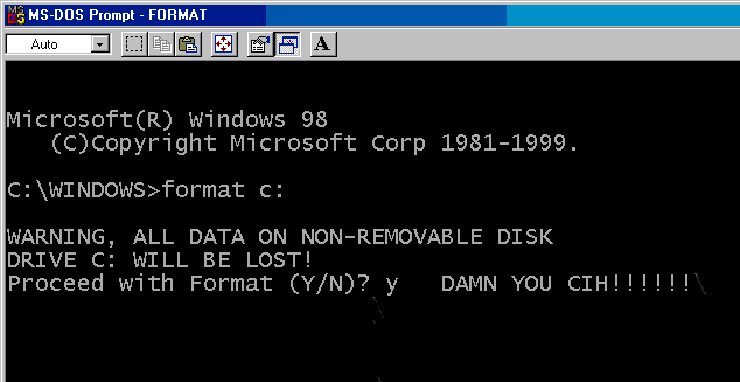
Chernobyl is also known as CIH, a computer virus created by Taiwanese student Chen Ying Hao in June 1998. Works only on computers running Windows 95/98/ME. It is considered one of the most dangerous and destructive viruses, since after activation it is capable of damaging data on BIOS chips and destroying all information from hard drives. In total, about 500,000 personal computers around the world were affected by Chernobyl, losses are estimated at $1 billion. The author of the virus, Chen Ying Hao, was never brought to justice and now works for Gigabyte.
Melissa
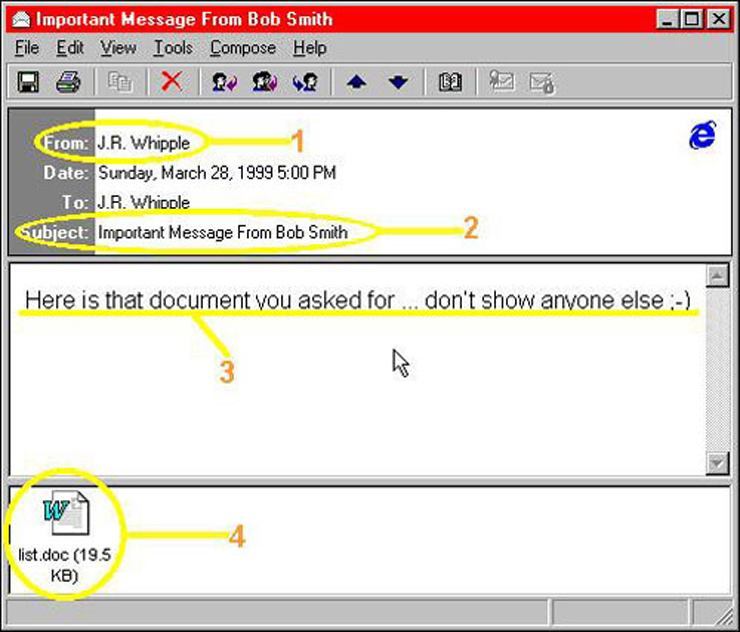
Melissa is the first email macro virus, infecting about 20% of all computers worldwide. It was first noticed in March 1999. The malware was sent to the first 50 Outlook Express addresses. The letter had an attached file LIST.DOC (virus), allegedly containing passwords to 80 paid porn sites. The program was invented by David Smith from New Jersey. On December 10, 1999, he was sentenced to 20 months in prison and a fine of $5,000. While the damage caused by the virus amounted to about $80 million.
SQL Slammer

SQL Slammer was a computer worm that generated random IP addresses and sent itself to those addresses. On January 25, 2003, it hit Microsoft servers and another 500,000 servers around the world, which led to a significant decrease in Internet bandwidth, and generally cut off South Korea from the Internet for 12 hours. The slowdown was caused by numerous routers crashing under the burden of extremely high outbound traffic from infected servers. The malware spread with incredible speed; in 10 minutes it infected about 75,000 computers.
Code Red
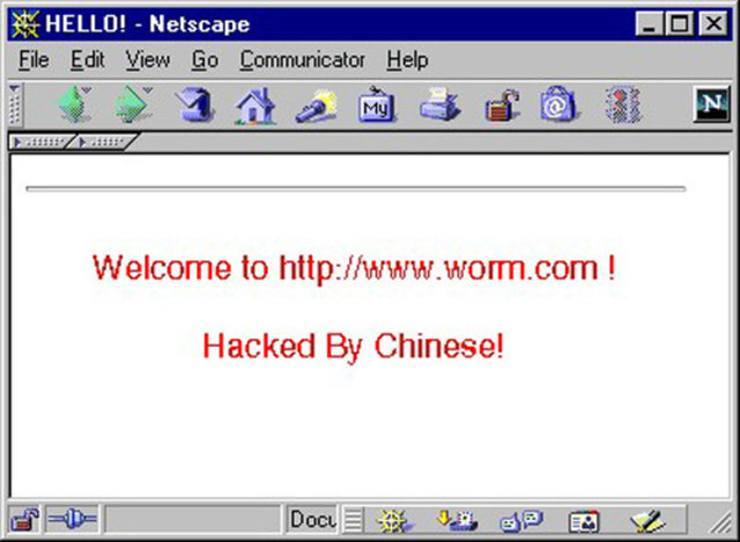
Code Red is a specific type of computer virus/worm that attacks computers running the Microsoft IIS web server. It was first discovered on July 15, 2001. This malware basically replaced the content of pages on the affected site with the phrase “HELLO! Welcome to http://www.worm.com! Hacked By Chinese! In less than a week, Code Red hit more than 400,000 servers, including the White House server. The total damage caused by the virus is about $2.6 billion.
Sobig F
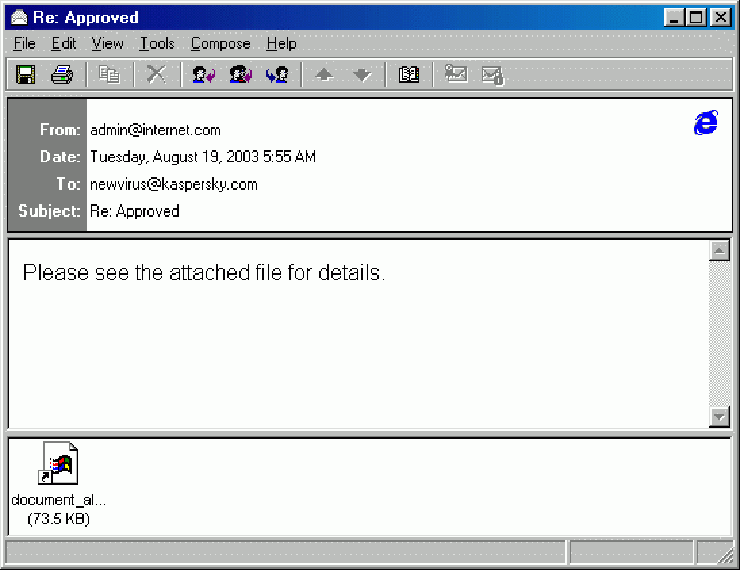
Sobig F is a computer worm that infected about a million computers running Microsoft Windows operating systems in 24 hours on August 19, 2003, thereby setting a record (although it was later broken by the Mydoom virus). Distributed via email with an attachment. After activation, the virus looked for addresses on the infected computer and sent itself to them. Sobig F itself was deactivated on September 10, 2003, and Microsoft promised $250 thousand for information about the creator of the virus. To date, the criminal has not been caught. The damage caused by the malware is estimated to be $5–10 billion.
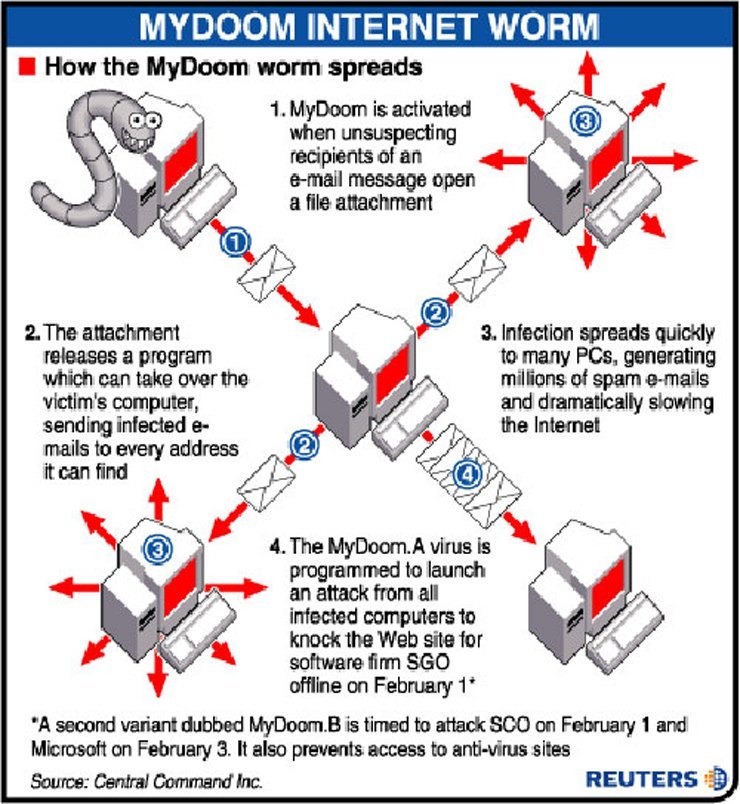
Mydoom is an email worm that infects computers running Microsoft Windows. The epidemic began on January 26, 2004. The malware began to spread very quickly using email, a letter with the subject “Hello”, “Test”, “Error”, “Mail Delivery System”, “Delivery Notification”, “Report Server”, which had an attachment. When opened, the worm sent itself to other addresses, and also modified the operating system in such a way that the user could not access the websites of many news feeds, antivirus companies, and some sections of the Microsoft website. The virus has also put a huge strain on internet channels. Mydoom contains the text message "Andy, I'm just doing my job, nothing personal, sorry." Was programmed to stop spreading on February 12, 2004.
I LOVE YOU
![]()
ILOVEYOU is a computer virus that has successfully infected more than three million personal computers running Windows. In 2000, it was distributed by email, letter with the subject “ILOVEYOU” and the attachment “LOVE-LETTER-FOR-YOU.TXT.VBS”. After opening the application, the worm sent itself to all addresses in the address book and also made numerous changes to the system. The damage caused by the virus amounts to $10–15 billion, which is why it was listed in the Guinness Book of Records as the most destructive computer virus in the world.
Share on social media networks
